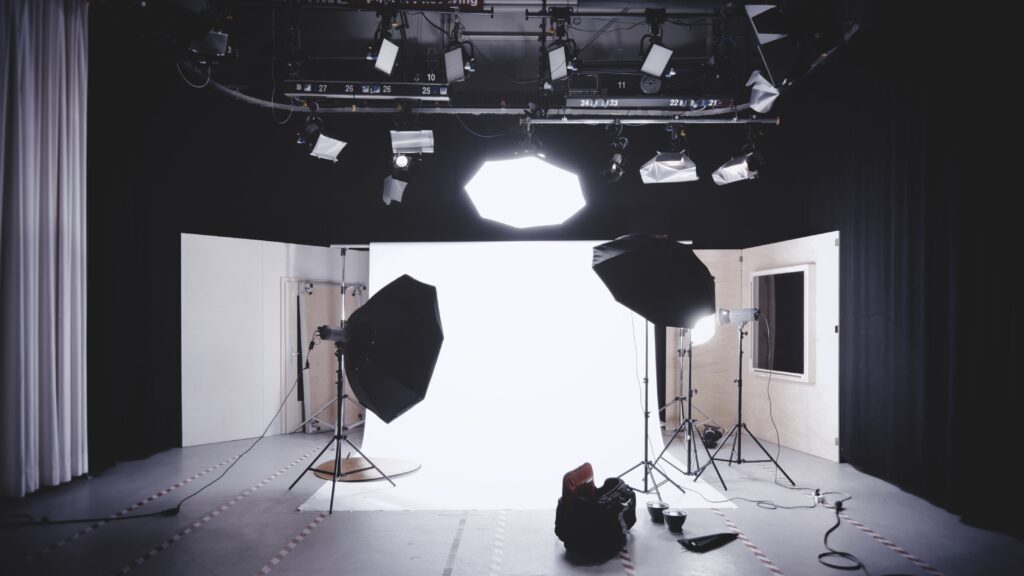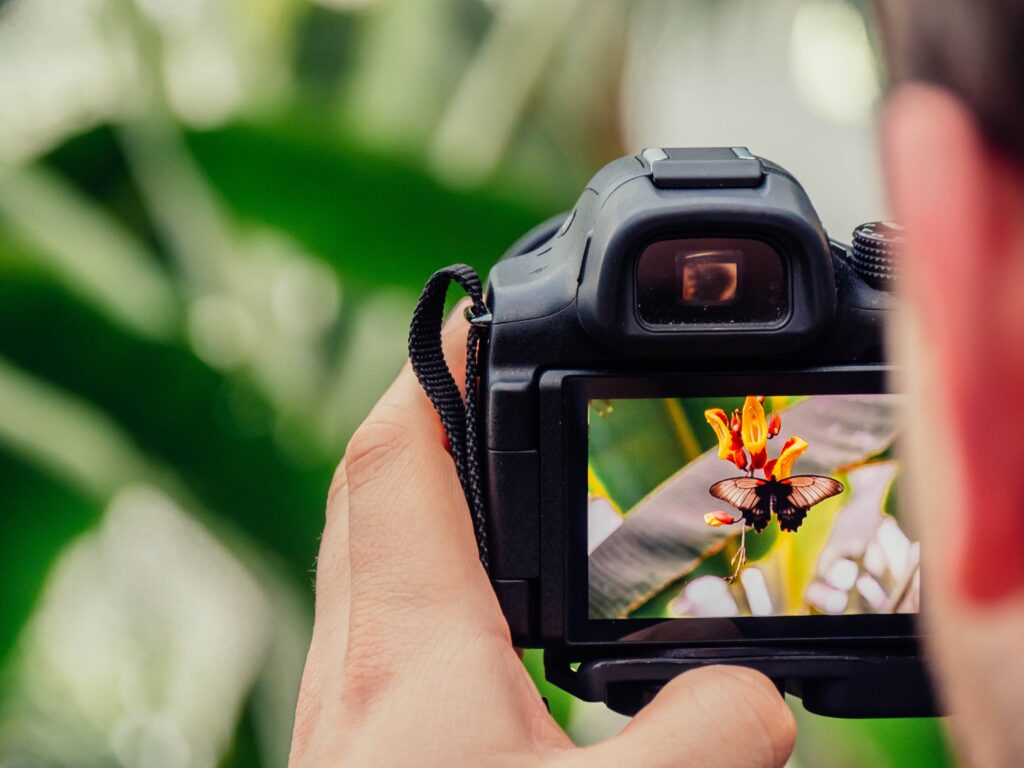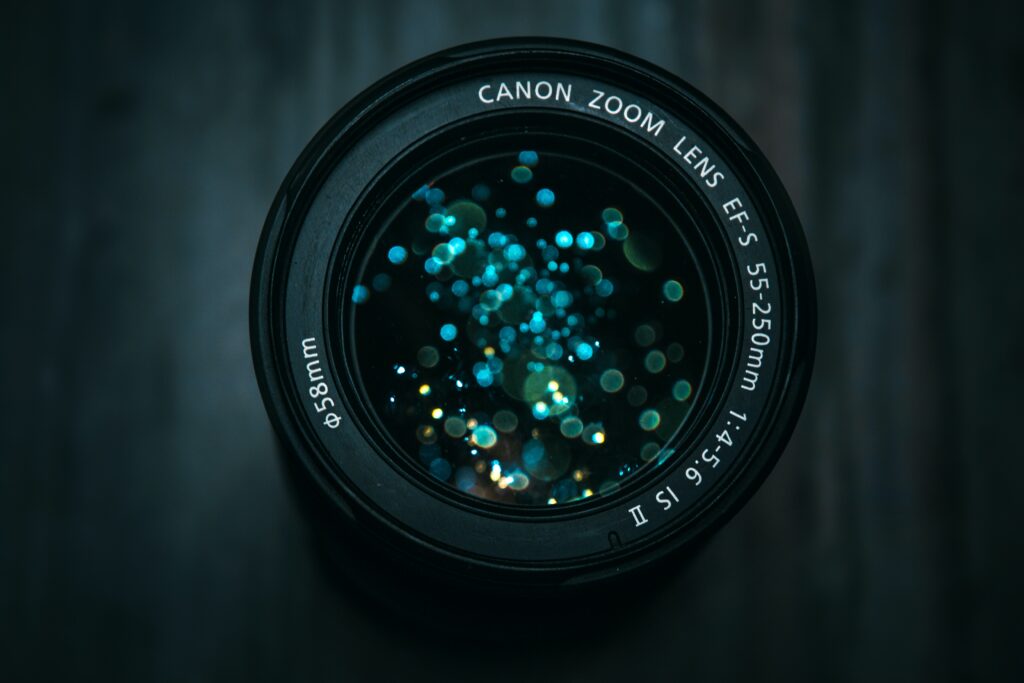In the captivating article titled “What is Photography? – Exploring the Medium Through Hiroshi Sugimoto and Daido Moriyama’s Retrospectives,” the critic Emily LaBarge takes readers on a thought-provoking journey through the diverse interpretations of photography presented in retrospectives of Japanese artists Hiroshi Sugimoto and Daido Moriyama. LaBarge highlights the distinct perspectives and approaches of the two photographers, as well as their shared fascination with the metaphysical and ephemeral aspects of the medium. Through captivating descriptions of their works and exhibitions, LaBarge invites readers to ponder the fundamental questions surrounding photography and its ability to freeze time, challenge perception, and capture the essence of life itself.
What Is Photography? (No Need to Answer That.)
Photography is a medium that has captured the imagination of people around the world for centuries. It has the power to freeze moments in time, evoke emotions, and tell stories. But what exactly is photography? Is it simply the act of taking a picture, or is there something more to it? This article will explore the deep questions about the nature of photography, as raised by two Japanese artists, Hiroshi Sugimoto and Daido Moriyama.
Hiroshi Sugimoto and Daido Moriyama: Exploring the Possibilities of Photography
This fall in London, two retrospective exhibitions of the works of Hiroshi Sugimoto and Daido Moriyama have opened, offering a captivating exploration of photography. Both artists were born in Japan and came of age during a period of significant political and technological change in the country.
The postwar era in Japan witnessed a boom in photography, with artists using the medium to capture and reflect upon the changing society around them. It was a time of experimentation, where the photograph was seen as both a journalistic document and a work of art. Sugimoto and Moriyama, influenced by American art movements such as Minimalism and Pop Art, embraced this spirit of exploration and expanded the possibilities of photography.

Sugimoto: Capturing the Seen and the Unseen
Hiroshi Sugimoto’s work is known for its meticulous attention to detail and its ability to challenge our perception of reality. In his exhibition at the Hayward Gallery, Sugimoto presents a series of black-and-white photographs that span four decades of his career.
One of Sugimoto’s most famous series, “Diorama,” captures the taxidermy wildlife tableaus at the American Museum of Natural History in New York. Using a large-format camera and long exposure times, Sugimoto’s photographs reveal the artifice and verisimilitude of these scenes. In “Polar Bear” from 1976, for example, the majestic white bear appears to come to life against a painted backdrop of icy peaks, blurring the line between two and three dimensions.
Sugimoto also explores the abstract qualities of photography, utilizing techniques such as long horizons, blank skies, and colorful studies produced by shining light through a prism. In his famous “Theaters” series, Sugimoto captures the essence of cinema by setting his camera’s exposure time to match the length of a movie screening. The resulting images are a testament to photography’s ability to freeze time and capture the ephemeral.

Moriyama: Embracing the Flux of Life
While Sugimoto’s work leans more towards the precise and refined, Daido Moriyama embraces the chaotic and spontaneous nature of photography. His exhibition at the Photographers’ Gallery presents a diverse collection of images that reflect the details of everyday life.
Moriyama’s photographs are often characterized by their high contrast and gritty aesthetic. He captures the accidents, political conflicts, and mundane moments of urban life, printing them in black and white to highlight their rawness and intensity. His photographs are presented in grids, projections, and contact sheets, emphasizing the multiplicity and variety of his subjects.
In his series “Accident, Premeditated or Not,” Moriyama disrupts traditional photographic perspectives by combining chaotic elements and taking aim at mainstream media sensationalism. His work challenges the notion of photography as a tool for clarity and truth, instead embracing its ability to capture the fleeting and the uncertain.

The Philosophical Questions Raised by Photography
The works of Sugimoto and Moriyama raise profound questions about the nature of photography and its role in our understanding of the world. What does a photograph show? Is it a record of reality, or is it a work of art? Can photography capture the essence of time and freeze moments of life? These questions may not have definitive answers, but they open up avenues for exploration and contemplation.
In a world bombarded by endless streams of images, the exhibitions by Sugimoto and Moriyama offer an opportunity for slow, careful, and rapturous looking. They remind us of the power of photography to challenge our perceptions, evoke emotions, and leave us with more questions than answers. In an age of instant gratification and superficiality, their works invite us to delve deeper and engage with the inherent complexities of the medium.
In conclusion, photography is more than just the act of taking pictures. It is a medium that has the power to freeze moments in time, evoke emotions, and challenge our understanding of reality. The exhibitions of Hiroshi Sugimoto and Daido Moriyama in London invite us to explore the possibilities of photography and contemplate the philosophical questions it raises. So next time you pick up a camera or gaze at a photograph, take a moment to ponder the profound nature of this art form.

